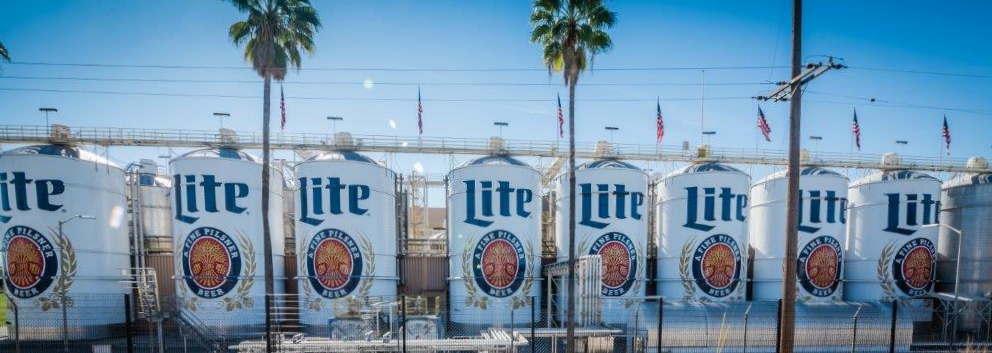Big beer brands still matter.
While craft continues to dominate the conversation in the beer industry, a duo of recent reports point to subtle but important changes in beer purchasing patterns that underscore the importance of major brands, even among millennials.
The online alcohol purveyor Drizly said in a report last week that although 90 percent of the beer products in its portfolio are classified as “craft,” brands from companies such as MillerCoors and Anheuser-Busch InBev account for a growing percentage of its beer sales.
A second dataset from the tech company Toast found that “big beer brands dominated” on-premise beer sales by units in the New England region.
Toast, a restaurant point-of-sale provider backed by Google, said it analyzed sales in thousands of fast-casual and fine-dining restaurants in states such as Massachusetts, New Hampshire, Connecticut, Vermont, Rhode Island and Maine and found that brands owned by MillerCoors, ABI and Constellation Brands “dominated the sales charts” of each state in the region aside from Vermont.
Toast co-founder and president Aman Narang told the Boston Business Journal: “It’s a reminder bigger brands are still relevant and a restaurateur needs to pay attention to these bigger brands that continue to dominate the market.”
Meanwhile a report from Boston-based Drizly says so-called “macro beers” are “taking share from craft amongst the early-adopting, millennial e-commerce consumer,” as these drinkers “have been actively shifting their spend from craft beer to macro beer, wine and spirits for the last couple of years.”
That report, published Aug. 24, says Drizly’s internal sales data shows a slowdown in craft consumption across the U.S. Overall, it says, craft beer sales on its platform were down 1 percent in the first half of 2017 compared with the year-ago period, and 8 percent compared with the first half of 2015.
Big beer brands, conversely, rose to 60.3 percent of all beer sales on Drizly in the first quarter of 2017, up from 54.3 percent in the same quarter of 2015, Drizly’s data show.
While those figures don’t align with broader, cross-channel data collected from firms like Nielsen, IRI or Technomic that show craft is decelerating compared with previous years yet still growing both in sales and share, “it’s certainly something to keep an eye on,” says David Henkes, a senior principal at Technomic who analyzes the beverage industry.
Why? Companies like the online- and mobile app-based Drizly tend to appeal more to a younger legal drinking-age generation of consumers who have a higher rate of tech adoption than their older counterparts. And as this generation of millennials amass more purchasing power, they’re increasingly driving trends in the overall marketplace.
They tend to be “nomadic; not brand, category or format loyal. They like experimenting and are value- and price-driven,” Henkes says. So while some of these consumers may pick up a six-pack of IPA from their local brewery, they’re also buying premium lights and economy beers in bulk for parties, often choosing on price.
This group of consumers also may be driving growth of certain brands in the economy segment, such as MillerCoors red-hot Hamm’s and Keystone Light, which each rank among Nielsen’s top 10 growth brands, alongside three ABI economy labels.
So despite the rash of headlines that proclaim millennials are killing big beer, the numbers show the reality is far more complicated.

